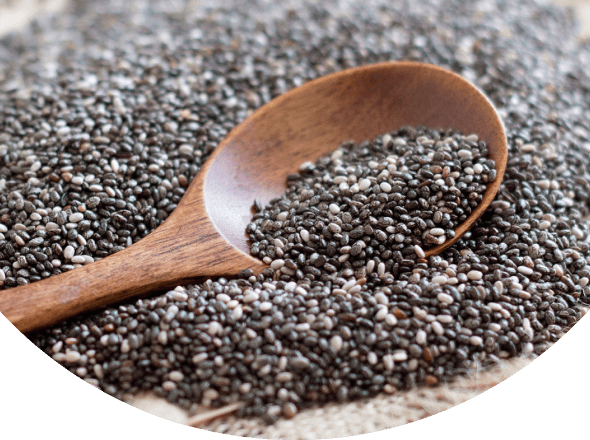Food is made up of three main components called macronutrients or macros. The three macros are protein, carbohydrate and fat.
Each macronutrient comprises building blocks that our bodies use for different important roles. Macronutrients are crucial for maintaining overall health and well-being. They provide energy, support body growth and repair, and regulate various bodily functions. Consuming a balanced diet with appropriate amounts of macronutrients can help prevent nutrient deficiencies and chronic conditions.
|
|
Let’s take a closer look at each of the Macronutrients:
|
|
Let's start with protein! Your body uses protein to build strong muscles and bones, even out blood sugar, and increase meal satiety. Protein is made up of building blocks called amino acids, which help repair tissues and muscles. Amino acids also provide structure to our organs, skin and more.
|
|
Each gram of protein provides 4 calories.
|
|
The U.S. Dietary Guidelines recommend getting between 10% and 35% of your calories from protein.
|
|
Better-for-you protein foods include:
|
|
|
Carbs break down into glucose, the form of sugar that gives our bodies a quick energy source. Carbs are the primary fuel source for our brain and muscles. Some carbs contain fiber, which your body cannot break down.
Carbs also raise blood sugar levels higher and faster than other kinds of food.
|
|
The healthiest source of carbohydrates can provide your body with fiber, vitamins, minerals, and phytochemicals. Phytochemicals are compounds found in plants that can help fight diseases. These include whole grains, beans, vegetables, and fruits.
|
|
Each gram of carbs provides 4 calories.
|
|
The U.S. Dietary Guidelines recommend getting between 45% and 65% of your calories each day from carbs.
|
|
Better-for-you carbs include:
|
|
|
The last macronutrient is fat! This nutrient is very important for brain health, absorption of vitamins, aiding in hormone production, lowering of cholesterol and increasing the satiety of meals. While very important, fat is the most calorically dense of all the nutrients, with 9 calories/gram, so being mindful of portions matters as we include them in our meals.
|
|
The U.S. Dietary Guidelines recommend getting between 20% and 35% of your calories from fat.
Saturated fats, the type found in meat and regular dairy, should make up no more than 10% of calories.
|
|
Better-for-you fats include:
|
|
|
Eating your macros is key for your body to function well. The plate method can help guide your decisions at meals and meet your macronutrient needs.
|
|
Lastly, macronutrient needs vary for each individual. Personal medical history, gender, current weight, activity level, and health goals can all affect how much each person needs. We recommend scheduling with one of our dietitians if you are looking for more personalized recommendations.
|
|
About the authors
Lexie Leightner is a registered dietitian and certified diabetes care and education specialist dedicated to helping others find joy in nourishing their bodies. She lives in Indianapolis with her husband and two children (ages 5 and 3). When she's not keeping up with her little ones or training for triathlons, Lexie enjoys exploring local restaurants and experimenting in the kitchen. Her goal is to empower others to live their healthiest, happiest lives, while also raising happy, helpful humans.
Recent articles
Featured
Weight Management
What is BMI, and what does it tell you?
8/25/2025
Get the latest tips to your inbox!
The care your need to feel care-free
9amHealth gives you the tools you need to manage your prediabetes and type 2 diabetes with ease.































